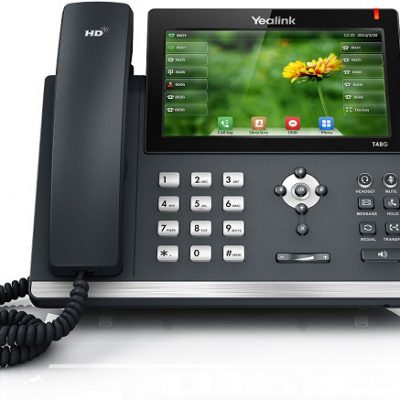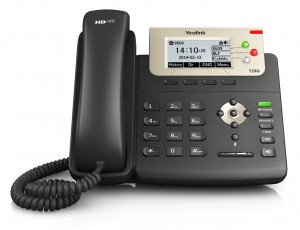VoIP (Voice over Internet Protocol) is a technology that allows people to make voice calls using the internet instead of traditional phone lines. With VoIP, we can make phone calls from our computers, smartphones, tablets, and other internet-connected devices. This technology has become increasingly popular in recent years, and for good reason.
One of the main benefits of VoIP is its cost-effectiveness. Traditional phone lines can be expensive, especially for businesses that need to make a lot of long-distance calls. With VoIP, we can make these calls for a fraction of the cost, and sometimes even for free. This can result in significant savings for individuals and businesses alike. Additionally, VoIP often comes with features that are not available with traditional phone lines, such as video calling and call recording.
Understanding VoIP
What is VoIP?
VoIP stands for Voice over Internet Protocol. This technology allows us to make voice calls over the Internet instead of using traditional phone lines. With VoIP, we can make calls from our computers, smartphones, or other internet-connected devices.
How VoIP Works
VoIP works by converting analog voice signals into digital data packets that can be transmitted over the internet. These data packets are then converted back into analog voice signals at the receiving end. Encoding and decoding are the processes of converting analog signals into digital data and vice versa.
To make a VoIP call, we need a VoIP service provider and a VoIP-enabled device such as a computer, smartphone, or IP phone. The VoIP service provider handles the call routing and provides the necessary software and hardware for making and receiving calls.
Benefits of VoIP
VoIP offers several benefits over traditional phone services. Some of the key benefits include:
- Cost savings: VoIP calls are typically cheaper than traditional phone calls, especially for long-distance and international calls.
- Flexibility: With VoIP, we can make and receive calls from anywhere with an internet connection. We can also use multiple devices to make and receive calls.
- Advanced features: VoIP offers several advanced features, such as call forwarding, voicemail, video conferencing, and more.
VoIP Protocols
VoIP uses several protocols for transmitting voice data over the internet. Some of the commonly used protocols include:
- Session Initiation Protocol (SIP): SIP is a signaling protocol used for initiating, maintaining, and terminating VoIP calls.
- Real-time Transport Protocol (RTP): RTP is a protocol used for transmitting audio and video data over the internet.
- H.323: H.323 is a protocol suite used for video conferencing and multimedia communications over IP networks.
In conclusion, VoIP is a technology that allows us to make voice calls over the internet. It offers several benefits over traditional phone services and uses several protocols for transmitting voice data over the internet.
Implementing VoIP
VoIP Infrastructure
When implementing VoIP, it is vital to consider the necessary infrastructure. This includes a reliable internet connection, sufficient bandwidth, and quality of service (QoS) settings. We recommend using a router that supports QoS to prioritize VoIP traffic and prevent call quality issues. Additionally, it is essential to have a backup power source, such as a battery backup or generator, to ensure that VoIP services remain available during power outages.
Choosing a VoIP Provider
Selecting a VoIP provider is a crucial decision. We recommend researching various providers to find one that meets your specific needs, such as pricing, features, and customer support. It is also important to consider the provider’s reliability and uptime guarantees, as well as their security measures.
VoIP Security Considerations
Security is a top concern when implementing VoIP. We recommend using encryption to protect sensitive information, such as call recordings and voicemail messages. Additionally, it is crucial to use strong passwords and two-factor authentication to prevent unauthorized access to VoIP accounts. Regularly updating software and firmware can also help prevent security vulnerabilities.
Troubleshooting Common VoIP Issues
Despite proper planning and implementation, VoIP issues may still arise. Some common issues include poor call quality, dropped calls, and echo. We recommend troubleshooting these issues by checking network connectivity, adjusting QoS settings, and updating firmware. If issues persist, contacting the VoIP provider’s customer support team can help resolve the problem.
Overall, implementing VoIP requires careful planning and consideration of various factors. By ensuring a reliable infrastructure, selecting a reputable provider, implementing strong security measures, and troubleshooting common issues, businesses can successfully implement VoIP and enjoy its many benefits.






